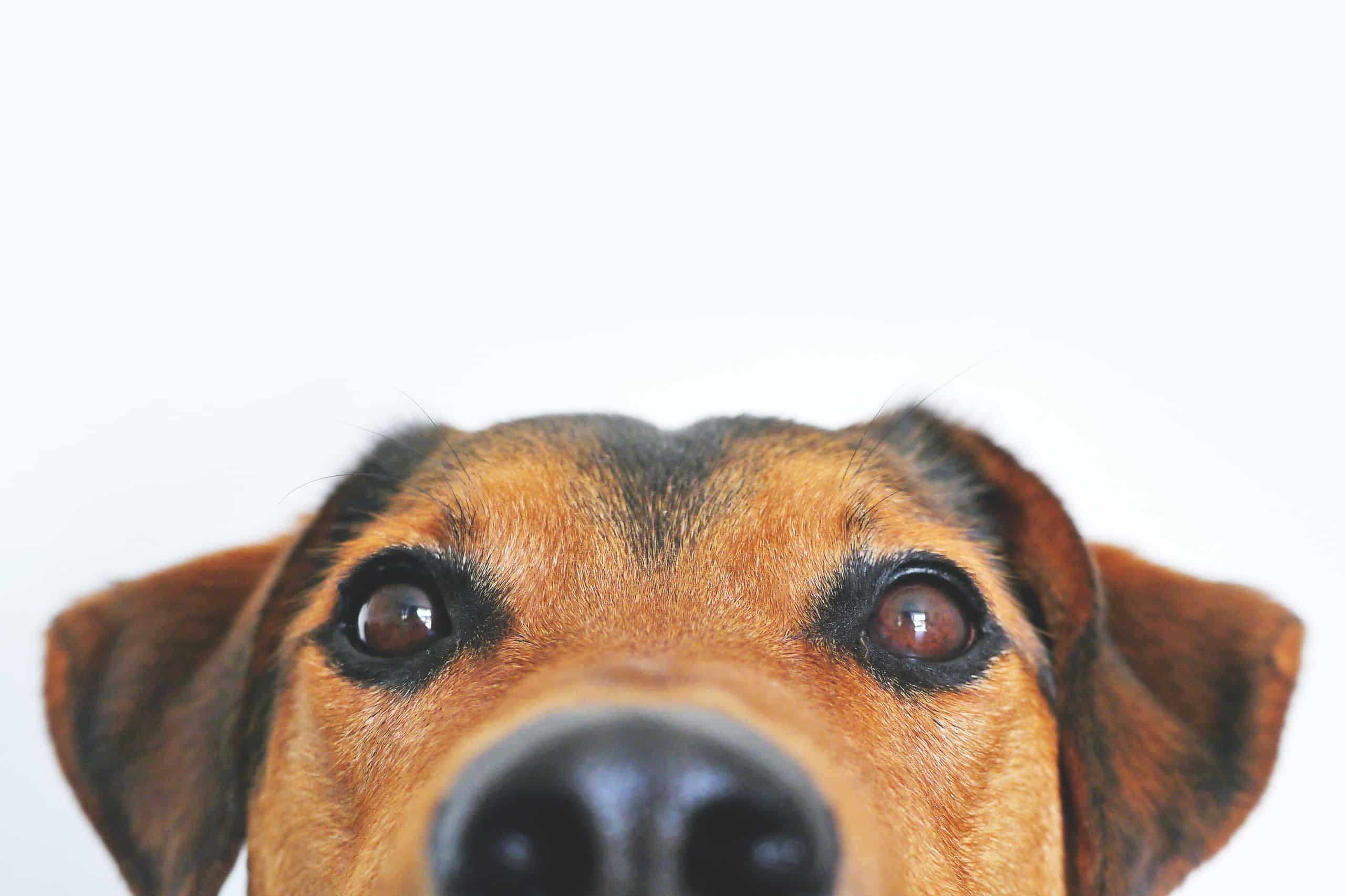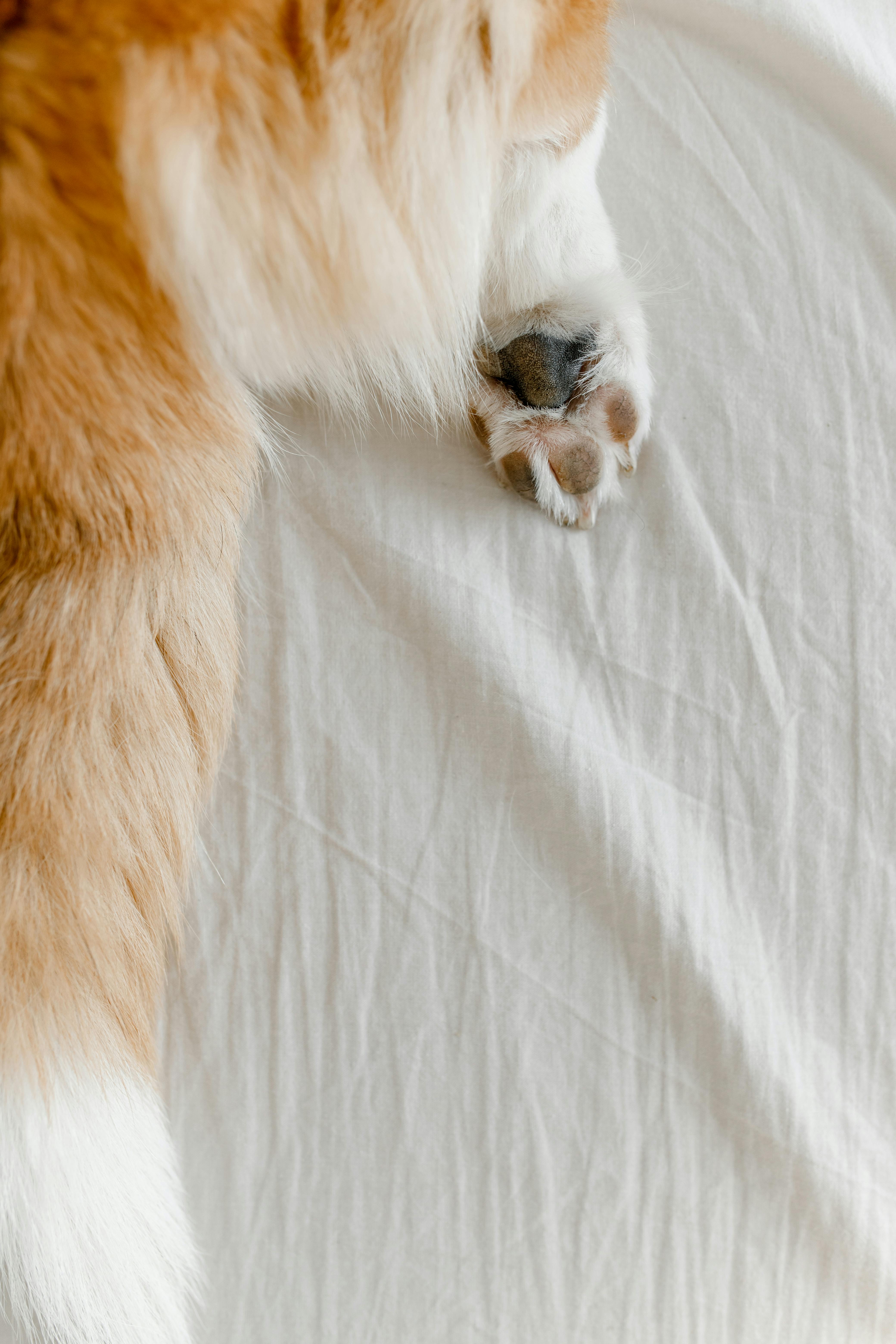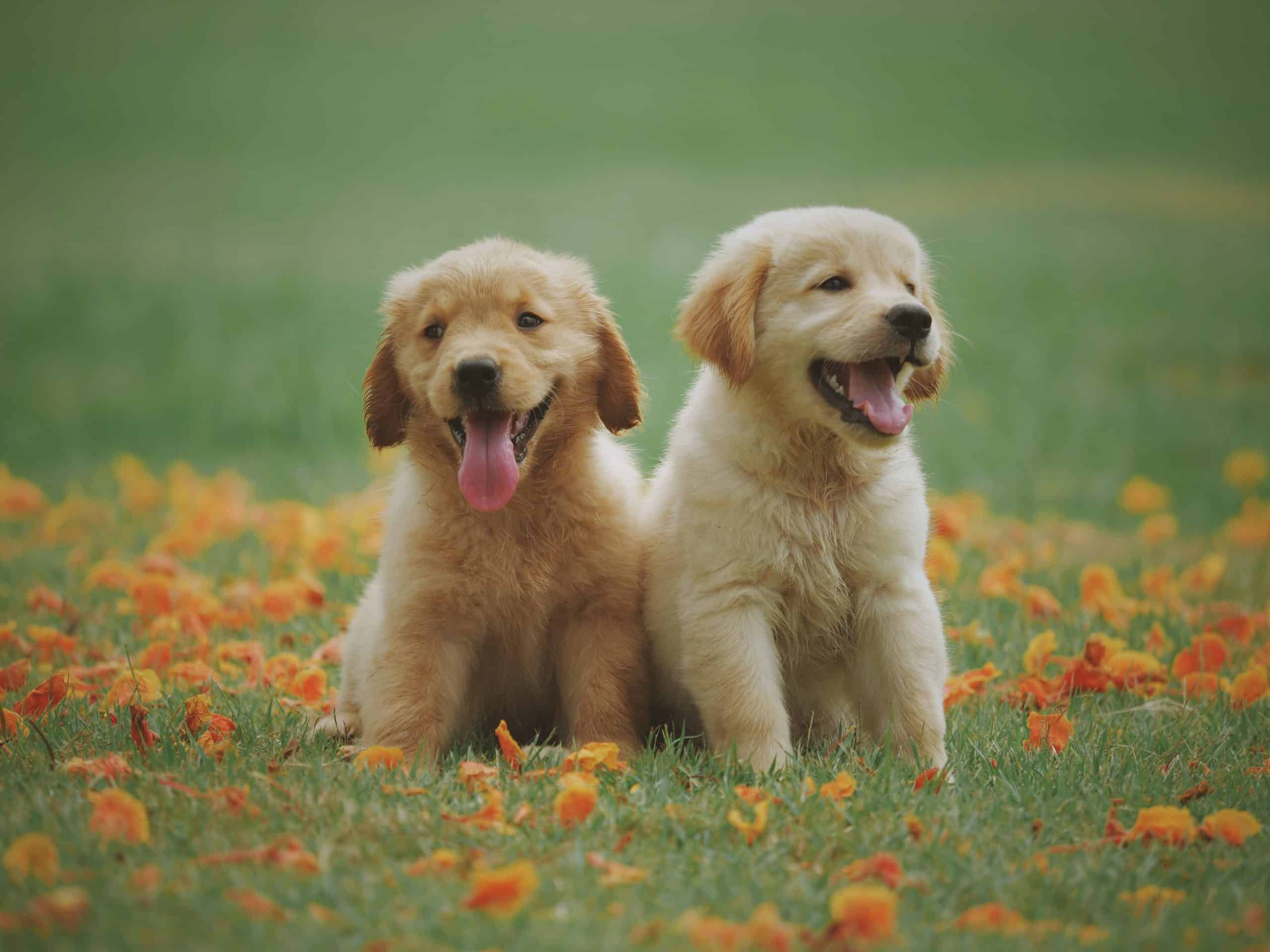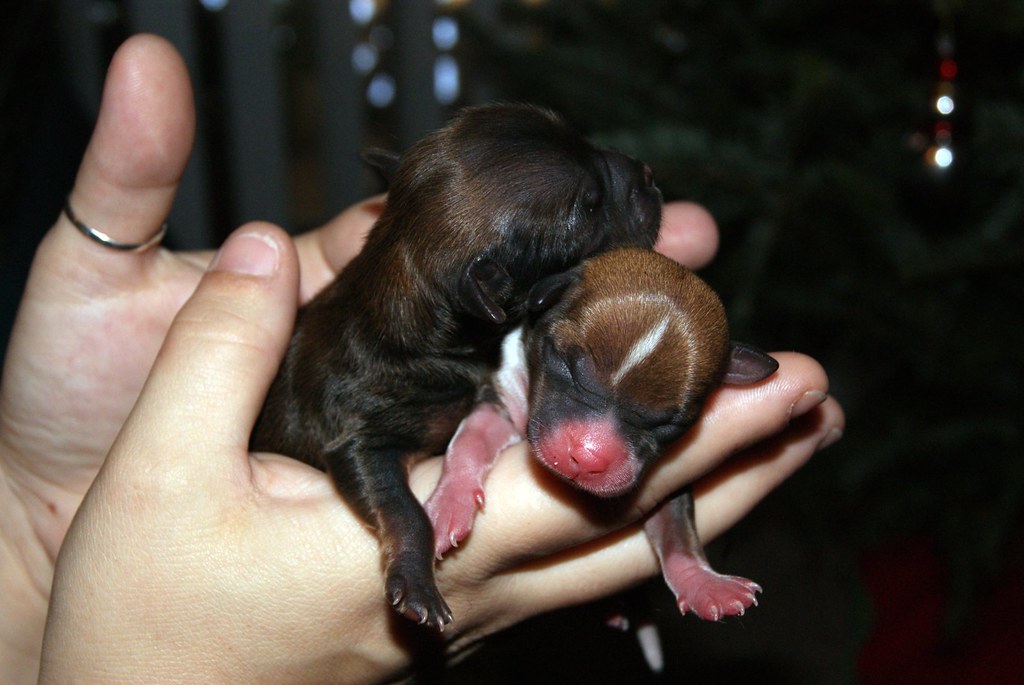If you've ever wondered how many adorable bundles of joy a Chihuahua can bring into the world, you're in the right place! In this article, we'll be exploring Chihuahua litter sizes and uncovering the secrets behind these pint-sized pups. Whether you're a current Chihuahua owner or simply a curious dog enthusiast, get ready for some fascinating insights into the world of Chihuahua reproduction. Let's dive right in and discover just how many puppies these lovable little dogs can have!
Factors Affecting Chihuahua Litter Sizes
Breeding Chihuahuas can be an exciting and rewarding experience, but it's important to understand the factors that can influence litter sizes. By considering these factors, you can better plan for and care for your Chihuahua during the breeding and pregnancy process.
1. Breed Genetics
The breed genetics of the Chihuahua play a significant role in determining the size of their litter. Some Chihuahuas may have a genetic predisposition to larger litters, while others may consistently have smaller litters. It's important to research and understand the breeding history of your Chihuahua and their lineage to gain a better understanding of what to expect in terms of litter sizes.
2. Size of the Dam
The size of the dam, or female Chihuahua, can also impact litter sizes. Generally, larger Chihuahuas may have a higher chance of producing larger litters compared to their smaller counterparts. However, this is not always the case and individual dogs can vary. It's essential to consider the size of the dam when predicting litter sizes, but it shouldn't be the sole determining factor.
3. Age of the Dam
The age of the dam can also affect the size of the litter. Younger Chihuahuas may have fewer puppies in their litters, while mature Chihuahuas may have larger litters. It's important to note that older Chihuahuas may also be at a higher risk for pregnancy complications. Consulting with a veterinarian can help assess the optimal age for breeding in order to maximize litter sizes while ensuring the dam's health and well-being.
4. Health and Nutrition of the Dam
The health and nutrition of the dam are crucial factors in determining litter sizes. A well-nourished and healthy Chihuahua is more likely to have larger litters compared to a dog with nutritional deficiencies or underlying health issues. Providing a balanced and high-quality diet, regular veterinary care, and ensuring the dam's overall well-being can positively impact litter sizes.
5. Matings and Fertilization
The timing and success of matings and fertilization can also influence litter sizes. Proper timing and ensuring successful breeding can increase the chances of larger litters. Working with an experienced breeder or consulting with a veterinarian can help determine the optimal timing for breeding to maximize the chances of a successful and fruitful litter.
6. Caring and Maintenance during Pregnancy
The care and maintenance provided to the dam during pregnancy can greatly impact litter sizes. Providing a calm and stress-free environment, regular exercise, and a balanced diet tailored to the specific needs of a pregnant Chihuahua can support healthy fetal development and potentially result in larger litters. Regular veterinary check-ups throughout the pregnancy can help monitor the dam's health and well-being, ensuring the best possible outcome for the litter.
Typical Litter Sizes for Chihuahuas
Chihuahuas typically have small litter sizes compared to larger dog breeds. While there can be variations, understanding the range of typical litter sizes for Chihuahuas is important for breeders to have realistic expectations.
1. Average Litter Size
The average litter size for Chihuahuas can range from one to four puppies. While some Chihuahuas may occasionally produce larger litters, the majority of litters consist of one to four puppies. It's crucial to keep this range in mind when planning for a Chihuahua's pregnancy.
2. Small Litter Sizes
It's not uncommon for Chihuahuas to have small litter sizes consisting of only one or two puppies. This can be due to a variety of factors, including genetics, size of the dam, and age. While small litters can be disappointing for breeders hoping for larger numbers, it's important to focus on the quality of the puppies rather than the quantity.
3. Large Litter Sizes
Occasionally, Chihuahuas may produce larger litters consisting of four or more puppies. While these larger litters may come as a pleasant surprise, it's crucial to be prepared for the added responsibilities and challenges that come with caring for a larger number of puppies. Larger litters require additional care and attention to ensure the health and well-being of all the puppies.

This image is property of images.pexels.com.
Breeding Considerations
When it comes to breeding Chihuahuas, there are several important considerations to keep in mind to ensure responsible and ethical breeding practices.
1. Planned Breedings
Planned breedings involve careful consideration and selection of the dam and sire to produce desired offspring. Responsible breeders carefully evaluate the health, temperament, and conformation of the potential parents before deciding to breed them. This approach can help minimize the risk of genetic disorders and produce healthy and well-balanced puppies.
2. Unplanned Breedings
Unplanned breedings, such as accidental matings, can occur despite best efforts to prevent them. It's important to address unplanned breedings promptly and responsibly. Consult your veterinarian to discuss options such as spaying or neutering to prevent future unplanned pregnancies and to avoid contributing to the overpopulation of Chihuahuas.
3. Consulting with a Veterinarian
Regardless of whether the breeding is planned or unplanned, it's crucial to consult with a veterinarian for guidance and advice throughout the breeding process. Vets can provide valuable insights into the health of the dam and potential risks to consider. They can also offer guidance on the proper care and nutrition during pregnancy, helping to ensure the health and well-being of both the dam and the puppies.
Health Concerns for Large Litters
While large litters can bring joy and excitement, there are some health concerns that breeders must be aware of and prepared for.
1. Difficulty during Birth
Large litters can present challenges during the birthing process. Dams may experience difficulties in delivering all the puppies naturally, potentially leading to the need for veterinary intervention such as a Cesarean section. It's essential to closely monitor the labor and birthing process of the dam to ensure the health and safety of both the dam and the puppies.
2. Increased Risk of Complications
With larger litters, there is an increased risk of complications for both the dam and the puppies. The dam may experience fatigue and difficulties in providing adequate milk for all the puppies. Puppies in large litters are also at a higher risk of developmental issues, inadequate nutrition, and infections. Close monitoring and proper veterinary care are crucial to minimize these risks and ensure the well-being of the entire litter.
3. Care and Attention for Newborn Puppies
Caring for a large litter of newborn puppies requires additional time, effort, and resources. Each puppy needs proper nutrition, warmth, and stimulation to ensure healthy growth and development. Breeders must be prepared to provide round-the-clock care and attention, including feeding, cleaning, and monitoring the puppies' well-being.

This image is property of images.pexels.com.
Importance of Preparing for a Chihuahua Litter
Whether you are expecting a small or large litter, it is crucial to be well-prepared to ensure the best possible outcome for the dam and the puppies.
1. Proper Research and Education
Before breeding your Chihuahua, conduct thorough research and education to understand the breeding process, potential risks and complications, and proper care and nutrition for the dam and puppies. Seek guidance from experienced breeders and consult with a veterinarian to ensure you have the knowledge and resources to provide the best care possible.
2. Establishing a Whelping Area
Creating a comfortable and safe whelping area for the dam and puppies is essential. This area should be warm, quiet, and easily accessible for the dam but secluded enough to provide privacy. Provide a comfortable bedding material for the puppies and make sure the area is well-sanitized to prevent the spread of infections.
3. Ensuring a Healthy Environment
Maintaining a clean and healthy environment is crucial for the well-being of the dam and the puppies. Regularly clean and disinfect the whelping area, keeping it free from potential hazards and contaminants. Make sure to provide proper nutrition, access to fresh water, and routine veterinary care for the dam to ensure she is in optimal health during pregnancy and lactation.
Caring for Chihuahua Puppies in Small Litters
While caring for a small litter of Chihuahua puppies may seem less demanding, it is still important to provide individualized attention and care to each puppy.
1. Individualized Attention
With small litters, it is easier to provide individualized attention and care to each puppy. This includes monitoring their growth and development, ensuring they receive adequate nutrition, and providing socialization opportunities for healthy emotional and behavioral development. Spend time bonding with each puppy to build trust and establish a positive relationship.
2. Specialized Care and Monitoring
In small litters, breeders can closely monitor the health and well-being of each puppy. Regularly weigh the puppies to ensure proper growth and identify any potential health issues. Observe their behavior and alertness, and address any concerns promptly. Keep their living area clean and comfortable, allowing for proper rest and relaxation.
3. Socialization for Healthy Development
Socialization is an essential aspect of raising Chihuahua puppies, regardless of litter size. Provide opportunities for the puppies to interact with other dogs, people, and various stimuli to help them develop into well-adjusted and confident adults. Gradually expose them to different environments, sights, and sounds to help desensitize them from potential fears or anxiety.

This image is property of images.pexels.com.
Preparing for a Large Litter of Chihuahua Puppies
Caring for a large litter of Chihuahua puppies requires additional planning and preparation to ensure the well-being of all the puppies.
1. Creating Adequate Space
A large litter will require more space to accommodate the growing puppies. Provide a larger whelping area with enough room for each puppy to move comfortably. Consider using dividers or separate enclosures to prevent overcrowding and ensure fair access to food and water. As the puppies grow, create a safe and spacious area where they can explore and play while being supervised.
2. Adjusting Nutrition and Feeding
With more puppies to feed, it is necessary to adjust the dam's diet and feeding regimen. Provide high-quality and nutrient-rich food that supports the dam's increased nutritional needs during lactation. Monitor the dam's weight and adjust the feeding amounts accordingly. It may be necessary to supplement with puppy formula or offer additional feedings to ensure each puppy receives sufficient nutrition.
3. Ensuring Proper Hygiene
With a larger litter, it becomes even more critical to maintain a clean and hygienic environment. Increase the frequency of cleaning and disinfecting the whelping area to minimize the risk of infections. Regularly groom the dam and puppies to keep them clean and free from matting or skin issues. Monitor the puppies for any signs of illness or infection, such as diarrhea or lethargy, and seek veterinary care if needed.
Unique Challenges of Chihuahua Litters
While most Chihuahua litters follow a similar pattern, certain situations can present unique challenges for breeders.
1. Teacup Chihuahua Litters
Teacup Chihuahuas are extremely small Chihuahuas that often weigh less than four pounds. Breeding teacup Chihuahuas can come with additional risks and complications due to their small size. These dogs may have smaller litter sizes to begin with, and there can be an increased risk of pregnancy complications and health issues in both the dam and the puppies. Extra care and monitoring are necessary when breeding teacup Chihuahuas.
2. Chihuahua Litters with Mix Breeds
Crossbreeding Chihuahuas with other breeds can result in unique litters with varying characteristics. The size and traits of the other breed can influence the litter sizes and the overall health and temperament of the puppies. Research and consult with experienced breeders or veterinarians to understand the potential outcomes and challenges of breeding Chihuahuas with different breeds.
3. Chihuahua Litters with a Single Puppy
Occasionally, Chihuahuas might have a single puppy in their litter, which is known as a singleton. Singleton puppies are more prone to certain health and developmental issues, as they do not have littermates to interact and learn from. Providing additional socialization and stimulation, as well as closely monitoring their health and well-being, is crucial for singleton puppies.
Managing Expectations and Responsibilities
Breeding Chihuahuas comes with great responsibility and plenty of considerations, especially when it comes to finding suitable homes for the puppies and addressing potential health issues.
1. Finding Suitable Homes for Puppies
As a responsible breeder, it is your duty to ensure that the puppies find suitable and loving homes. Thoroughly screen potential buyers and provide them with the necessary information and guidance on Chihuahua care. Consider writing and signing a puppy contract that outlines the responsibilities and expectations of both the breeder and the new owners.
2. Addressing Potential Health Issues
Chihuahuas, like any other breed, can be prone to certain health issues. As a breeder, it is important to be aware of these potential health concerns and take the necessary steps to minimize the risk. Conduct health screenings on the parents, provide proper vaccinations and preventatives, and stay in touch with the new owners to address any health issues that may arise.
3. Considerations for Responsible Breeding
Responsible breeding involves promoting the health and well-being of the Chihuahua breed as a whole. This includes breeding from healthy and well-tempered parents, avoiding inbreeding, and prioritizing the overall welfare of the dogs over monetary gain. It's important to breed with the intention of improving the breed and not contributing to overpopulation or the proliferation of genetic disorders.
Conclusion
Understanding the factors that affect Chihuahua litter sizes is crucial for any breeder. By considering breed genetics, the size and age of the dam, health and nutrition, matings and fertilization, and proper care during pregnancy, breeders can better predict litter sizes and ensure the well-being of the dam and the puppies. Whether caring for a small or large litter, it is important to be well-prepared, provide individualized attention and care, and address any potential health concerns. Responsible breeding practices and managing expectations are essential for the overall health and well-being of the Chihuahua breed.


